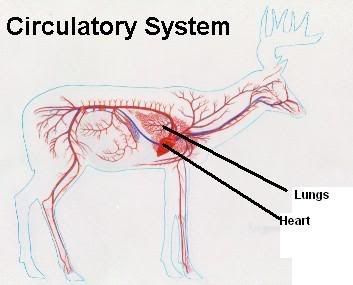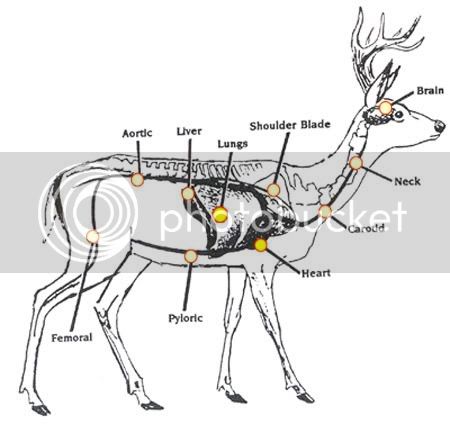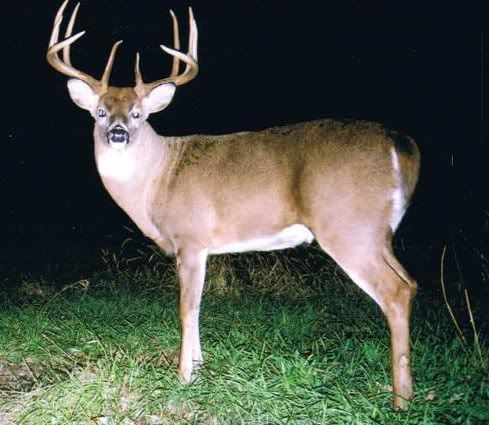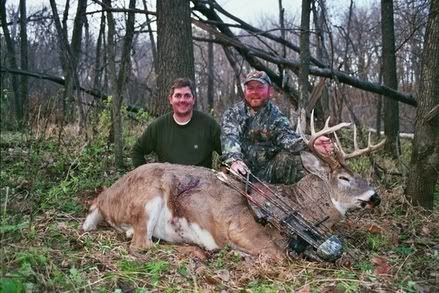These are Kansas deer, they live and feed in the bottoms, and feed on alfalfa, milo, corn, soybeans and wheat. They are also blessed with some good genetics, as we are taking nice big racks and big bodied bucks out of there. 300# is live weight. In the big bucks contests that we compete in, carcass weights--hanging carcass, skinned, gutted, closely trimmed--are running just shy of 200#. You Kansas guys know this well. It is not unusual to pull the hide off of one of these bucks in the September ML season and get an inch and a half of backfat saddle on them. Of course, this gets used up pretty quickly as the rut comes on in November. This buck is a September buck, and would probably lose 30# by the December season. These big bodied bucks taken in December will be almost devoid of fat and still weigh 250-275. They will rail at about 175.
Does are not as large, naturally, and it is not considered ethical where I hunt to shoot yearlings or fork horns. We do not shoot anything with less than 4 points to a side--4x4. Spikes seem to die sometime in the summer, as we sometimes find their bones when we are hunting. Spikes are genetically inferior and are not permitted to remain in the herds long enough to breed. So we are usually shooting 3-4 year old animals who have had time enough to develop. Also, I hunt on five thousand acres that only myself and one other hunter are permitted to hunt on, so we do not shoot out our genetics. Our game wardens say, that if given the opportunity of making a choice of having two deer in front of you, which to shoot, the spike or the big buck, kill the big buck and then kill the spike. Take the big buck home and leave the spike for the coyotes.
That is the reason I do not shoot these NM deer. They are small bodied, because the poachers have shot out the genetics, and they eat scrub oak, sage, mesquite beans, and juniper berries, and they stink so bad when you dress them that the dog wont even eat the scraps. The grain fed deer have almost no game odor and require no spice or covering onions or garlic for cooking.
Sorry, some of you guys get the little ones.
Bill









